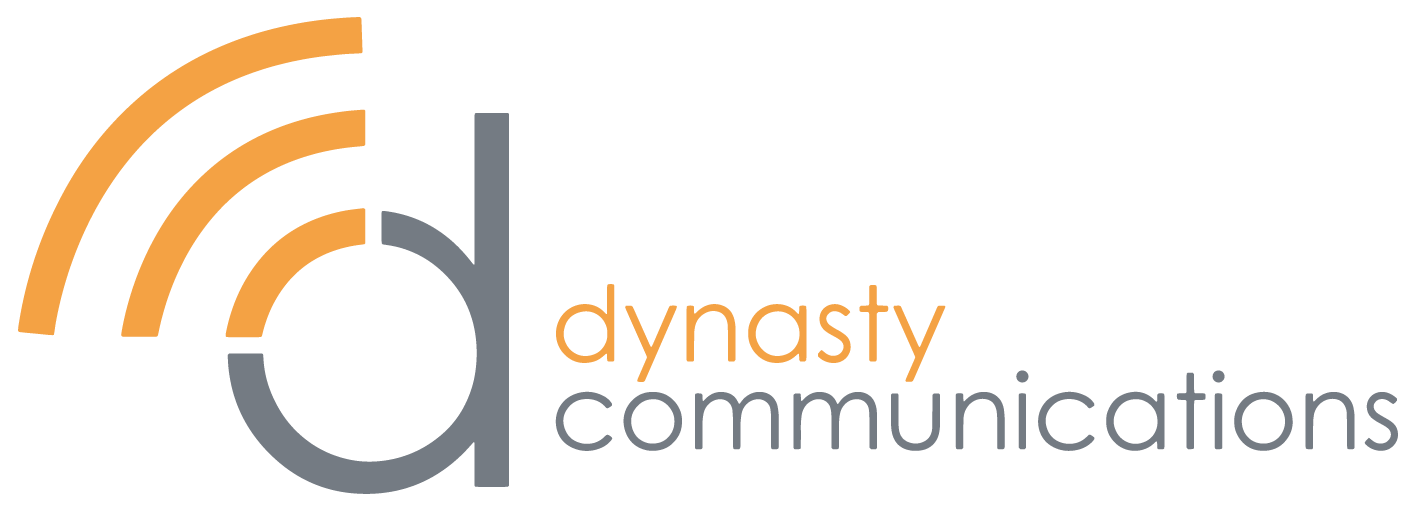If your SaaS company doesn’t have a pricing strategy, you are missing out on massive revenues. The most critical move you can take for business success is to define your SaaS pricing model.
A SaaS development company spends a lot of money and works overtime to create a great product and get new customers. However, most SaaS companies aren’t aware of their worth to customers or how best they can convey value. There are so many SaaS pricing models that one could easily be paralyzed by analysis.
In this detailed guide, we’ll unravel the mysteries behind SaaS pricing, exploring various strategies, models, and real-world examples to help you navigate this essential aspect of your business.
Understanding SaaS Pricing Strategy
Understanding the basic ideas underlying SaaS fees is crucial before delving into the particular pricing strategies.
Value-Based Pricing
Concept
Value-based pricing is rooted in the idea that customers are willing to pay for the value they receive. Instead of focusing solely on costs or competition, the pricing is determined by the perceived value of the software to the customer.
Implementation
- Understanding Pain Points: Identify the specific pain points or challenges your software addresses for customers. This could be time savings, increased efficiency, cost reduction, or any other tangible benefits.
- Quantifying Benefits: Clearly articulate and quantify the benefits your software provides. This could be measured in terms of increased revenue, reduced errors, improved productivity, etc.
- Return on Investment (ROI): Align your pricing structure in a way that customers can easily see a clear and compelling return on their investment. This makes the value proposition transparent and persuasive.
User-Centric Approach
Concept
This SaaS pricing strategy tailors pricing plans based on user tiers or usage levels. It acknowledges the diverse needs of different customer segments, accommodating both small businesses and enterprises.
Implementation
- User Tiers: Create different pricing plans with varying levels of features or usage limits. This allows customers to choose a plan that aligns with their specific needs and budget.
- Scalability: Ensure that your pricing model is scalable, allowing users to easily upgrade or downgrade based on their changing requirements. This adaptability is especially crucial for companies whose needs change over time.
- Customer Feedback: Regularly gather feedback from users to understand their evolving needs and preferences. This helps in adjusting pricing tiers and features to stay aligned with customer expectations.
Freemium Model
Concept
The freemium business model charges for enhanced functionality or premium features but provides a basic version of the program for free. It allows users to experience the product before committing to a paid plan.
Implementation
- Basic Version: Develop a stripped-down but still valuable version of your software that can serve as a free offering. This could include essential features or limited usage.
- Upsell Opportunities: Clearly define the premium features or enhanced versions that users can access through paid plans. Upsell these features strategically to users who find value in the free version and are willing to invest for additional benefits.
- Balancing Act: Striking a delicate balance between free and premium offerings is crucial. The free version should provide enough value to attract users, while the premium features should be compelling enough to drive conversions to paid plans.
SaaS Pricing Models
SaaS pricing models are a crucial aspect of any software-as-a-service company. There are various SaaS fees models available, including free trial, freemium, subscription-based, pay-per-use, and tiered pricing. Every model offers benefits of its own, so businesses must select the one that best suits their objectives and those of their clients.
Flat-Rate Pricing
- The flat-rate pricing model is characterized by its simplicity and transparency.
- Users pay a fixed fee, gaining access to the entire suite of features. This is particularly appealing for businesses with a single, well-defined target market.
- While it ensures predictability for customers, businesses employing this SaaS billing model may find their revenue potential capped compared to more flexible models.
Tiered Pricing
- Tiered pricing involves offering different pricing tiers, each catering to specific user needs.
- Commonly seen as Basic, Standard, and Premium plans, each tier provides a varying degree of features and capabilities.
- The SaaS pricing models appeal to a broad user base, allowing businesses to capture value from a diverse audience and encouraging upselling as businesses grow.
Usage-Based Pricing
- The pricing models for SaaS are best suited for companies with varying usage patterns; usage-based pricing levies fees according to the actual amount of time users spend using the product.
- Ideal for applications with varying user numbers or data storage needs, offering flexibility but potentially leading to unpredictable costs for customers.
- Effectively managing and communicating costs is crucial for success with this model.
Per-User Pricing
- In the SaaS industry, billing consumers according to the number of users is a common practice.
- This SaaS billing model allows businesses to scale their pricing according to the size of their user base, making it ideal for collaborative tools or platforms where individual user access is significant.
- It promotes scalability for businesses and aligns costs with actual usage.
Value Metric Pricing
- Value metric pricing involves tying the pricing structure to a specific value metric, such as revenue, transactions, or data usage.
- Well-suited for SaaS products that have a direct impact on clients’ business metrics, aligning the pricing with the actual impact on customer success.
- The pricing models for SaaS provide a transparent and fair pricing structure, directly correlating the cost to the value derived from the software.
Real-World Saas Pricing Examples
Let’s explore how some successful SaaS companies implement these pricing models in the real world.
Flat-Rate Pricing – Slack
- Slack, a widely adopted team collaboration tool, embraces flat-rate pricing.
- Users pay a fixed fee per month, gaining access to the entire platform’s features.
- This straightforward model is attractive for small to medium-sized teams seeking simplicity and predictable costs.
Usage-Based Pricing – AWS (Amazon Web Services)
- Amazon Web Services (AWS), a dominant force in cloud computing, follows a usage-based pricing model.
- Customers pay for the actual computing resources they consume, providing scalability for businesses with diverse needs.
- While offering flexibility, effective cost management is essential to avoid unpredictable expenses associated with varying usage patterns.
Per-User Pricing – Microsoft 365
- Microsoft 365, a comprehensive productivity suite, employs per-user pricing.
- Businesses pay for each user accessing the suite, allowing scalability based on organizational size.
- This model is versatile, accommodating organizations of all sizes and ensuring that users pay for the specific access they require.
Tiered Pricing – HubSpot
- HubSpot, a comprehensive marketing and sales platform, utilizes tiered pricing.
- With Basic, Professional, and Enterprise plans, each offering increasing features, HubSpot caters to businesses of various sizes.
- The SaaS pricing examples are a tiered approach that ensures that users can choose plans that align with their needs and budgets, allowing for flexibility and growth.
Value Metric Pricing – Stripe
- Stripe, a leading payment processing platform, aligns its pricing with a value metric.
- Stripe charges a percentage of every transaction, so it closely links its pricing to the customer’s revenue.
- This transparent and value-driven approach ensures that customers perceive the cost as directly linked to the success of their business.
Why Is SaaS Pricing Essential?
Software as a Service (SaaS) pricing is essential for several reasons, reflecting the unique characteristics and advantages of the SaaS model. Here are some key reasons why SaaS pricing is crucial:
Subscription Model
SaaS normally uses a subscription-based pricing model in which users pay a set amount each month to access the program’s functionality. This predictable and recurring revenue stream provides stability for both the SaaS provider and the customer.
Scalability
SaaS allows customers to scale their usage up or down based on their needs. The SaaS cost structure should be flexible enough to accommodate different usage levels, making it attractive for businesses of all sizes.
Affordability and Accessibility
By spreading the cost over a subscription, SaaS makes advanced software solutions more affordable for a broader range of users. This accessibility encourages widespread adoption, especially among small and medium-sized businesses that may not have the resources for upfront licensing fees.
Continuous Updates and Maintenance
SaaS providers handle software updates, maintenance, and support. Membership fees cover these services, so users never have to worry about making extra purchases to stay up to date on security fixes and new features.
Risk Mitigation
SaaS cost structure helps mitigate financial risks for customers. Traditional software licenses might involve significant upfront costs, and if the software doesn’t meet expectations, the investment can be lost. With SaaS, customers can cancel their subscriptions if the software doesn’t meet their needs, minimizing financial risks.
Predictable Budgeting
Businesses can more accurately predict their software-related expenses with a subscription-based pricing model. Because of this consistency, businesses can allocate resources more effectively, which helps with budgeting and financial planning.
Customer Retention
Subscription billing’s recurring structure serves the needs of both the client and the SaaS provider. Providers have an incentive to maintain high-quality service and continuous improvement to retain customers, while customers benefit from ongoing support and updates.
In the End
To create an efficient SaaS pricing model, you need a deep insight into your product, target audience, and the way things work in this industry.
By utilizing a value-based approach and finding the appropriate pricing model, you can ensure that your price structure meets customer expectations while maximizing revenue potential.
On the other hand, SaaS vs cloud computing are integral components of modern IT ecosystems; it’s essential to recognize that SaaS focuses on delivering software applications over the internet.
However, learning from successful partners in the SaaS landscape and continuously refining your pricing strategy based on changing market dynamics and customer feedback is essential to attain sustainable growth.
With careful planning, your SaaS business can not only survive but flourish in such a competitive environment – providing great value to customers and ensuring sustainable growth.

